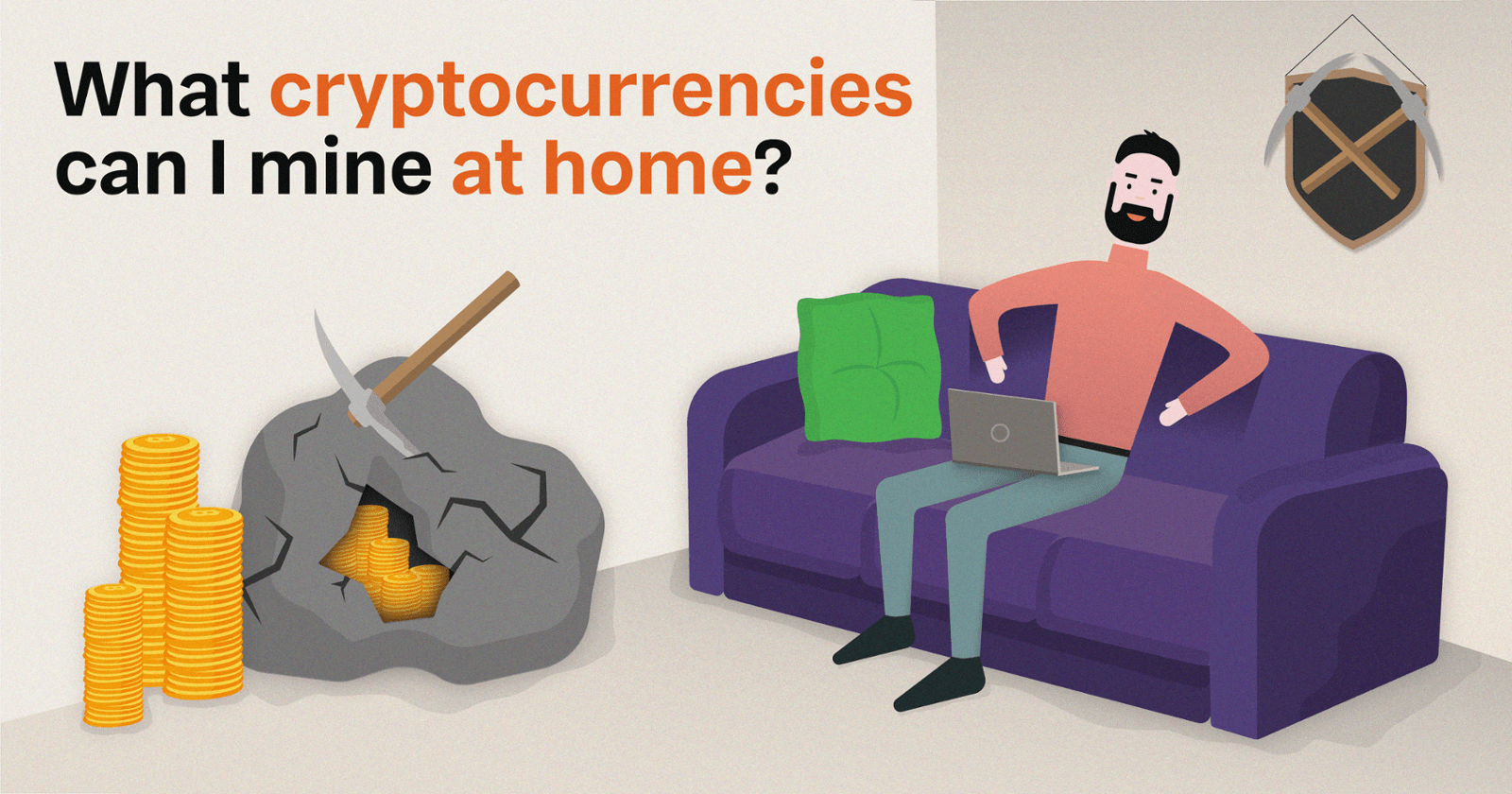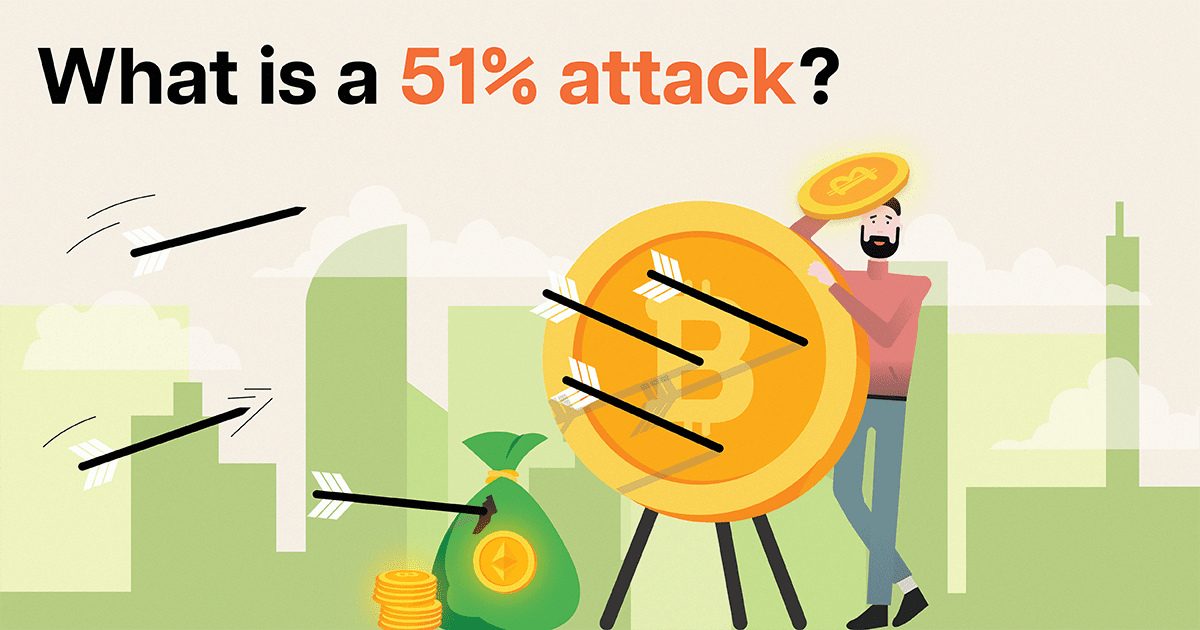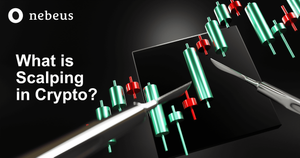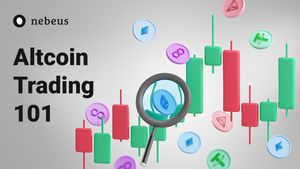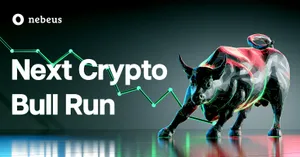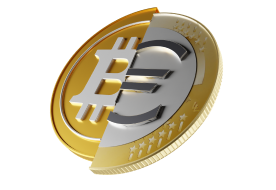In the process of reading up on cryptocurrencies and the digital asset world, you may have come across the term 'mining.' You may have even taken it a step further to read up about it. While, in most cases, the process can be costly and requires a fair amount of computing power, it is still possible to mine cryptocurrencies at home. It is simply a matter of what currencies you wish to mine. While currencies such as Bitcoin might be less feasible due to the sheer amount of power and machinery required, you could consider mining other alternatives.
What is Cryptocurrency Mining?
To understand mining, it would be best if you have an understanding of how blockchain technologies and cryptocurrencies work. However, we'll explain it on a very general level here for now. Cryptocurrency transactions are maintained and recorded on blockchains across a network of computers. In order to incentivize users to keep these networks up and running, mining is a mechanism built into the technology. Cryptocurrency mining, in turn, is how these computer owners gain cryptocurrencies by solving cryptographic equations to verify and add transactions to the blockchain.
Is it possible for me to mine cryptocurrencies?
If you have a computer or rig set up that is powerful enough, it would be possible for you to mine cryptocurrencies. However, nowadays, it might not be as profitable for you to do so unless you're conducting mining on a larger scale. Over the years, the cost of mining has gone up (from needing to purchase more expensive equipment to consuming more significant volumes of energy in the process), and the amount of profits you can gain has gone down. But everything depends on the cryptocurrency that you are trying to mine. For instance, the reward for mining Bitcoin is programmed to decrease over time, an event that is called the "halving," and competition to validate blocks has increased dramatically over time.
However, Bitcoin is not the only cryptocurrency, and there are still ways for you to mine and make a profit straight from your home.
Best Cryptocurrencies to Mine
Monero (XMR)
Monero is a currency that has been controversial, primarily due to its anonymity. As a result, some countries have actually outright banned it. If you do not reside in such a country, consider mining Monero. Like Bitcoin, Monero uses the Proof of Work (PoW) consensus mechanism to incentivize miners to validate transactions on its chain. However, the main difference, in this case, is that Monero does not have a hard cap supply. In the event that miners finish all of the allocated tokens up for rewards, the chain will begin generating 0.6 XMR rewards infinitely, starting from May 2022. As of the start of this year, the current block reward is 1.26 XMR. To help you figure out what your rate of return might be, you can use one of the many calculators out there to help you get started.
ZCash (ZEC)
Another privacy-related coin, ZCash (ZEC), is minable by individuals who have a GPU. Like Monero and Bitcoin, it also employs the PoW mechanism to incentivize miners and provide them with rewards. However, what makes it possible to still profit from ZCash mining is the fact that ZCash uses what is known as the equihash algorithm. In simple English, this just means an algorithm that makes mining ZCash more suitable for mining on a Graphics Processing Unit, which most of us might have, as opposed to the other more costlier method that Bitcoin uses.
The current block reward stands around 6.25 ZEC, but this number is set to halve to 3.12 ZEC in 2024. All you have to do is download the ZEC blockchain, set up your wallet, establish and sync your node. Once you're done, just sit back and wait for the mining process to start. To check if it is still profitable to mine with your current setup, make sure to check on a mining profitability calculator.
RavenCoin (RVN)
If you like altcoins, this might be the mining activity for you. Ravencoin is similarly a PoW coin that requires miners to help validate and verify transactions. This shouldn't come as a surprise as the protocol is a fork of the Bitcoin code. However, given that ravencoin is ASIC-resistant, a feature embedded into its KawPoW hashing algorithm, it is possible to profit from mining this small coin at home. The project itself ultimately aims to help users transact with their assets more quickly and efficiently.
Ravencoin has a fixed supply of 21 million RVN. One new RVN block is created every minute, and the current reward per block is 5000 RVN. This reward amount will be halved in January 2022, to 2500 RVN. In the meantime, you can check the profitability of mining the coin here.
Golem (GLM)
Golem doesn't really offer mining rewards in the same way PoWs do. What happens with Golem is that users are provided with a way to put their unused computing capacity to work. Think of it as a decentralized marketplace for computing power, comprising of a web of nodes that implement the protocol. On the platform, users can provide that to users who need it the most, with payouts in GLM for their contributions.
In addition to this, Golem has also recently released Thorg, a free Ethereum mining app for PCs on the Golem Network. With the app, users can compute tasks, creating what is known as a 'share' on the Thorg platform, which is then used to mine Ethereum. The computation involved in creating the shares is what the Thorg user will earn GLM for. The platform is still relatively new, so not a lot of information is available yet. But you can keep up to date with the platform's blog.
FileCoin (FIL)
FileCoin approaches mining slightly differently from the usual mining process. Its model moves beyond the typical incentive structure of offering compensation to miners for solving cryptographic puzzles to verify and maintain the blockchain. Instead, miners on Filecoin will contribute storage capacity to be used in deals with clients looking to store data. The amount of rewards miners receive will generally be in proportion to the amount of storage space they contribute. Check out this official guide from Filecoin which has more details on how to go about doing so.
If you're looking for some analysis on altcoins, in addition to the usual blue chips of BTC and ETH, AltcoinSherpa's account is an excellent feed to check out. Here, you'll get your daily dose of chart analysis tweets and commentary on price action. Some coins that he has recently covered include $DOT, $FTT, and $SOL.
Conclusion
Whether you decide to start mining crypto at home or not is ultimately your decision. Along with investing and participating in communities, mining is simply one of many ways that you can profit from the rise of digital assets. Even if you decide not to, it's still a good idea to at least be aware of the various types of mining out there and the various protocols. As always, remember to do your own research and only take risks you are comfortable taking.
Sign up for a Nebeus account to buy, hold, and insure your cryptocurrencies.


